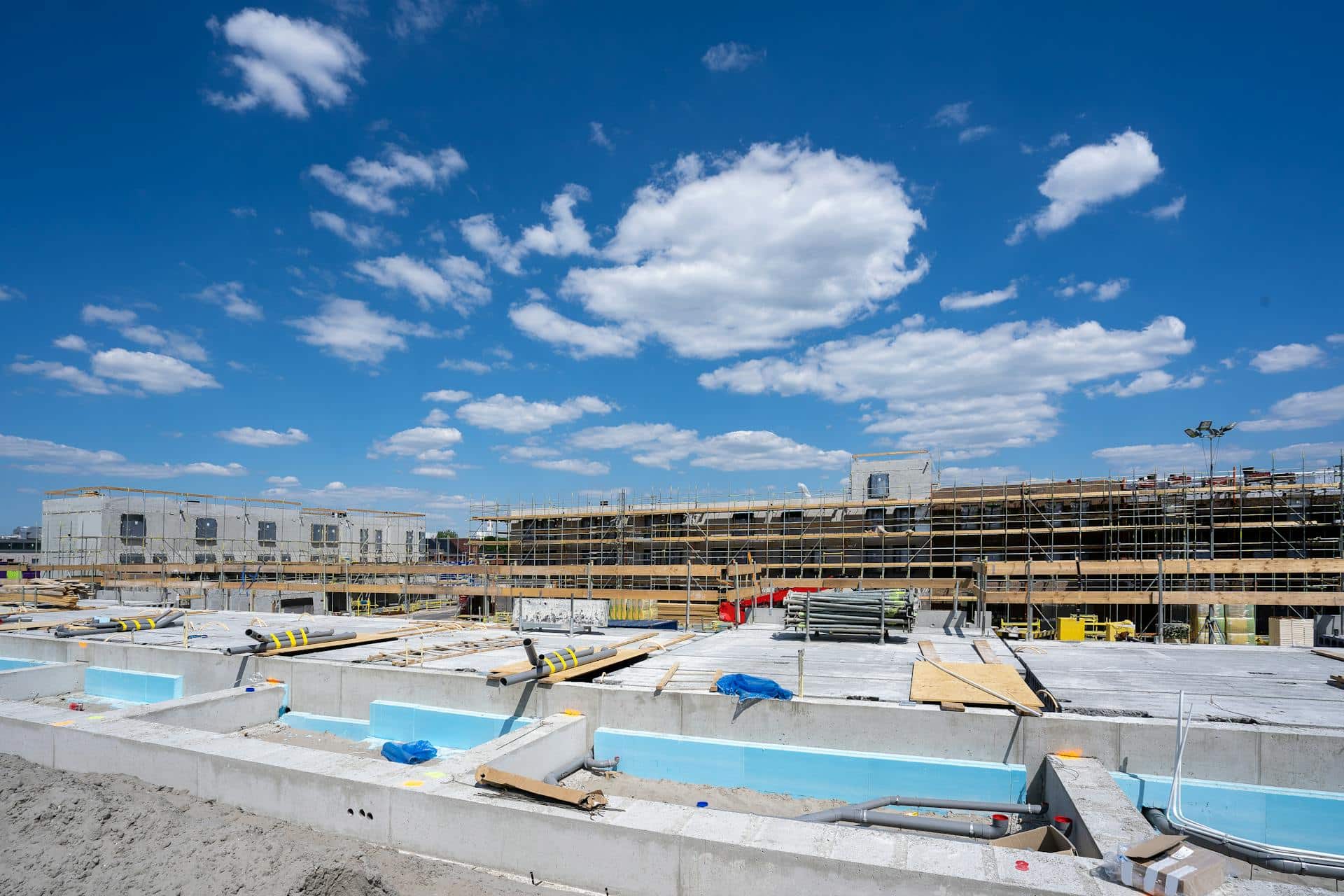Table of contents
To apply for the second round of PPP funding, click here. To learn about other flexible business financing options you may qualify for, click here.
This post was last updated with new details about the second round of the PPP loan on February 3, 2021.
As a business owner, you may remember when the Paycheck Protection Program (PPP) was first introduced. There were many uncertainties about who could qualify and funds ran out quickly as applications piled up.
The good news is that the federal government has recently approved another $284 billion for a second round of PPP funding. The announcement comes at a time when many small businesses continue to struggle and are in need of assistance to weather the new shutdowns and restrictions.
Many business owners are especially concerned about what the second round of PPP loans means for loan forgiveness. If you’re wondering whether your business will still qualify for loan forgiveness, you’re not alone. Thankfully, information is more readily available this time around and guidelines are clearer than ever before.
Take a look at this guide on SBA loan forgiveness to learn whether your business will qualify and how to apply.


The Guidelines for Obtaining PPP Loan Forgiveness
PPP loans are designed to ensure business owners have the resources they need to minimize layoffs and keep the American economy strong. To achieve this, PPP loan amounts are calculated based on total payroll costs for the duration of 2.5 months—up to $100K for every employee. You can also try using an SBA PPP loan calculator to learn more about your allotted funding. In order to qualify for loan forgiveness, businesses must abide by certain restrictions as far as the funds they receive. To obtain full forgiveness, all the money must go towards qualifying expenses. During the first round of PPP funding, businesses had to spend at least 75% of all their funds on payroll expenses, leaving only 25% for other qualifying expenses. While the specific expenses that could be forgiven were somewhat confusing, the PPP Flexibility Act later added some much-needed clarity. This time around, businesses have to spend at least 60% on payroll expenses and are allowed to spend as much 40% on other qualifying expenses. This list of these expenses has also been expanded to include interest payments on mortgage, rent, utilities, costs of property damage, supplier costs, personal protection equipment, and certain operational expenses. PPP borrowers have up to 24 weeks to spend the funds they receive on qualifying expenses and still be eligible for loan forgiveness. As more information has become widely available, loan forgiveness guidelines are much clearer now than they were when the first rounds of funds were introduced. However, the situation is still evolving. Make sure to keep in contact with your tax advisor or accountant to stay ahead of the curve.Updates to the SBA Loan Forgiveness Program
The latest PPP package includes new updates about qualifying for SBA loan forgiveness. One thing that remains the same is that small businesses will need to follow the outlined guidelines and also file an application to receive forgiveness. Keep in mind that while PPP loans qualify for forgiveness, other SBA products don’t fall under this category.PPP Loan Forgiveness Application
Business owners must complete the SBA loan forgiveness application (SBA form 3508 or their lender's equivalent) to receive any leniency. The application contains four parts, including one optional section:- PPP Loan Forgiveness Application
- Schedule A
- Schedule A Worksheet
- Demographic Information Survey (optional)
- SBA PPP Loan Number
- Lender PPP Loan Number
- PPP Loan Amount
- PPP Loan Disbursement Date
- Employees at Time of Loan Application
- EIDL Advance Amount
- EIDL Application
- Workers who are self-employed, and have no employees
- Business owners who kept salaries and wages consistent with pre-COVID earnings or reduced them by less than 25%, and didn’t reduce employee hours
- Business owners who lost business due directly to health directives, and didn’t reduce salaries or wages of employees by more than 25%
The Rules for Which Expenses Can Be Forgiven, And Which Won’t
The application also contains more precise information about which expenses are forgivable. These forgivable expenses have recently been expanded to include:- Payroll costs
- Business mortgage interest payments
- Business rent or lease payments
- Utility payments
- Property damage expenses that insurance won’t cover
- Supplier costs
- Protection equipment
- Certain operational expenses
Maximizing Your Chances for Full Forgiveness
As previously mentioned, all business owners that receive a PPP loan can apply for forgiveness. However, depending on how business owners spend this money, they may receive anything from partial to complete forgiveness. The extent to which your PPP loan is forgiven depends largely on how you spend this money. Because of this, the best way to receive full forgiveness is by thoroughly documenting your expenses. To prove you spent the bulk of your money on payroll, you may have to (or be requested to) provide one or more of the following documents:- IRS form 941 (which provides details about employee tax withholdings)
- Payroll provider reports detailing employee salaries/wages
- Income, payroll, unemployment and insurance filings from the state
- Any documents that might prove retirement and health insurance contributions






